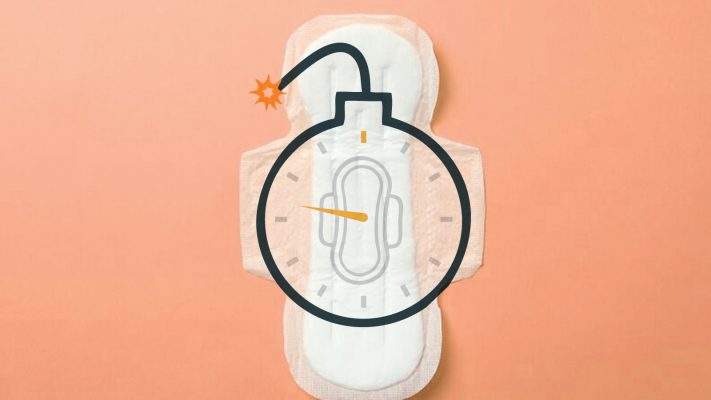Research & Innovation
Data-driven design helps organizations understand the target audience. It reveals pain points, unearths new trends and opportunities, and adds objectivity to program design. Failing to consider data (or using data ineffectively) can have disastrous implications for a project.
At GSEP, we use research to get deeper insights into our focus areas – the primary and secondary data we gather helps us design responsive programs and activities with measurable impacts.
Data also informs innovation – new ideas, concepts, and technologies to mitigate the various waste challenges we encounter.

Some of the milestones we’ve achieved in research and innovation include;
- Manual Emptiers – mapping and quantifying manual emptiers, largely undocumented sanitation service providers, the volume of waste they handle and their working conditions – what followed was capacity building through improving their working conditions (using Personal Protective Equipment) and training in best practices to ensure their activities conform with the regulatory environment.
- Menstrual Health Management (MHM) waste – GSEP has been tracking this emerging waste stream and some of its adverse effects on on-site sanitation containment (latrines) and ground water sources.
Research guides innovation with rock solid data that informs demand driven activities, initiatives and programs with maximum impact. Our research and innovation focuses on needs, gaps and trends in sanitation and the environment. Fecal sludge management and menstrual hygiene management are recurring themes in our research and innovation.

